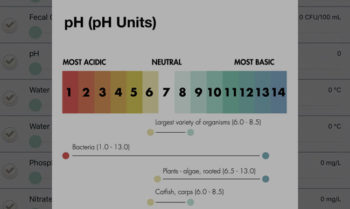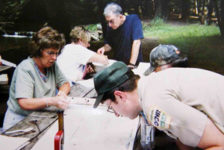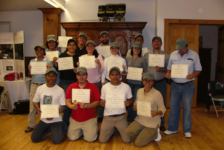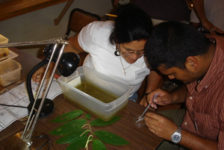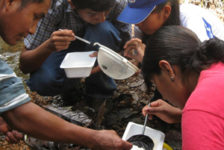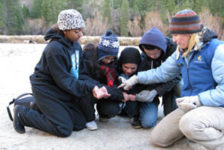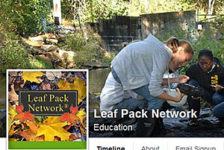The Water Quality mobile app is a water-monitoring, data-collection, and learning tool designed for use by educators and their students, citizen scientists, and researchers. It helps users log and share data they collect in the field, interpret the data through learning pop-ups, and export it to create databases.
The app includes data entry, identification, and learning features about chemical (e.g. dissolved oxygen, E. coli, pH, nitrate, turbidity), physical (e.g. water temperature, turbidity), and biological (digital field guide to macroinvertebrates) water-quality parameters.
The Water Quality mobile app is available for $4.99 for Apple (iPhone, iPad, and iPod Touch) and Android (phones and tablets) mobile devices. Apple’s Volume Purchase Plan, available to educational institutions and businesses, allows for bulk purchases of the app. There is currently no option on the Google Play Store for volume purchases of the Android version of the app.
Revenue from sales of the app is used for version updates, new features, and water education programs.
Please note:
- As of 2020, the app is aligned with the Leaf Pack Network® (LPN).
- Although we hope to add this feature in the future, data entered in the Water Quality mobile app does not currently sync to the Monitor My Watershed data portal.
On November 30, 2020, a brand new Android app was released. We will be taking down the old version. If you’ve purchased the app in the past you may be eligible for a free version of the new app. Apply here.
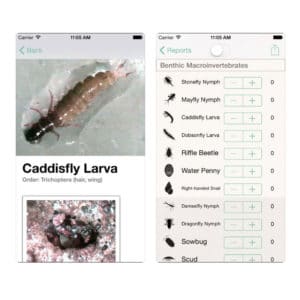 Special Features
Special Features
- Site profile information including a map of your location and ability to save pictures.
- Chemical and physical water-quality parameters for assessing stream health.
- Over 20 pictures, sketches, and descriptions of aquatic macroinvertebrates to aid in identification and calculation of pollution-tolerance indices.
- Printable data report and export function to create water-quality databases.
Visit the WikiWatershed website for help resources for the Water Quality mobile app.
The Water Quality app was originally developed by educators, scientists, and programmers at Northern Kentucky University and the Foundation for Ohio River Education.



